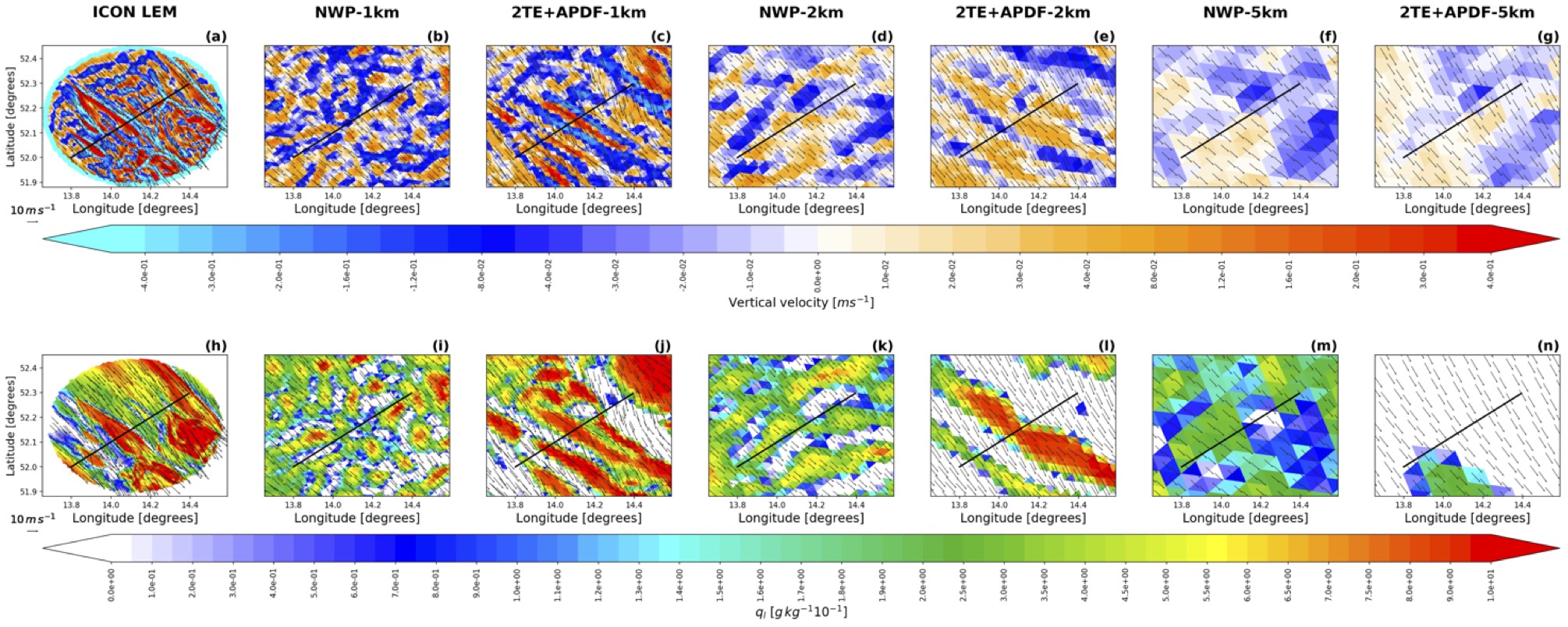The Atmospheric Boundary Layer in Numerical Weather Prediction (ABLNWP)

The atmospheric boundary layer (ABL) plays a crucial role in numerical weather prediction (NWP), specifically in the determination of local weather conditions that are relevant for various human activities, including transportation, agriculture, and renewable energy production. However, the cloudy and complex-terrain ABL introduces challenges in both NWP and climate simulation. Inconsistencies arise in the treatment of subgrid-scale (SGS) clouds across different physical parameterizations, including those for turbulence, radiation, and microphysics. The presence of small- scale orography leads to coherent motions in the complex-terrain ABL, such as thermally driven flows and internal gravity waves, which strongly impact surface drag and vertical transport. Unfortunately, many of these effects are not adequately represented in current physics parameterizations. To accurately capture these phenomena, it is imperative to enhance the representation of ABL processes within weather and climate models. Thus, our project encompasses two main components: (a) the development of a scale-aware and unified ABL turbulence and cloud parameterization scheme, and (b) the analysis and representation of SGS motions in boundary layers over complex terrain.
Our most interesting and mentionable results:
- We have made significant progress in developing a scale-aware parameteri- zation of turbulence and cloud processes in the ABL. We have improved the original turbulence scheme (2TE) and coupled it with the assumed probably density function (APDF) approach, addressing limitations in stratocumulus cases. The updated scheme has been tested for a number of idealized and realistic cases and shows better results than the operational schemes (see Figure 1 and Bastak Duran et al., 2022). Out of the box, it also produced better fog forecasts over complex terrain (Singh et al., 2023).
- A comprehensive ICON modeling framework has been developed for the FESSTVaL field campaign (Bastak Duran et al., 2021). Successful real-case simulations using the ICON model, capturing surface energy budget discrepancies, cold pool events, and the influence of soil moisture on convective circulations.
- Study of higher-order vertical velocity statistics in the convective boundary layer using Doppler lidar measurements from the FESSTVaL 2020/2021 campaign (Dewani et al., 2023).
- Study of the ABL over mountainous regions using large-eddy simulations (LES), identifying the influence of slope winds on moisture distribution, characterizing coherent plume structures, and quantification of the contribution of coherent plume structures to vertical heat and moisture fluxes (Weinkaemmerer et al., 2022a, 2023).
- Investigation of the sensitivity of low stratus over rolling terrain to grid spacing and the choice of advection scheme using LES and mesoscale simulations (Weinkaemmerer et al., 2022b).
- Investigation of the response of boundary layer flow to resolved and parameterized orographic drag over moderately complex terrain leading to an improved understanding of SGS motions in ABLs over complex terrain and their representation in NWP models (Quimbayo- Duarte et al., 2022; Quimbayo- Duarte et al., 2023).
The Atmospheric Boundary Layer in Numerical Weather Prediction is a project funded by the Deutscher Wetterdienst. One of its work packages, dealing with the Analysis and representation of SGS motions in BLs over complex terrain has been endorsed by TEAMx.
